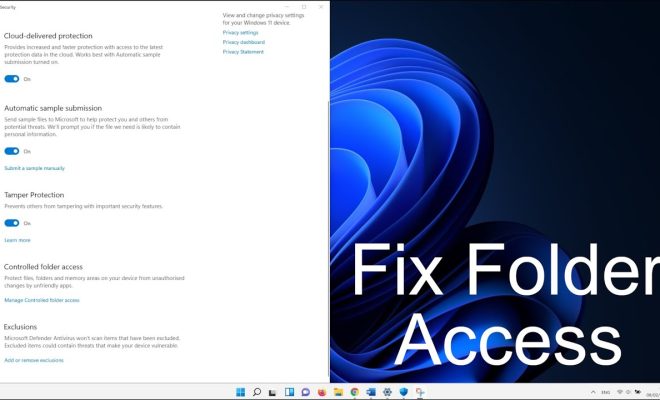What is a Virtual Machine Monitor (VMM)?

As technology continues to advance, the virtualization of software and hardware has become increasingly popular. One key component of virtualization is the Virtual Machine Monitor, or VMM. In simple terms, a VMM is a layer of software that provides virtualization for an operating system, allowing multiple virtual machines to coexist on a single physical system.
At its core, a VMM acts as a middleman between the hardware and the virtual machines, allowing the virtual machines to access the underlying physical resources, such as the CPU, memory, and storage, while providing each virtual machine with its own isolated environment. This isolation ensures that changes made to one virtual machine do not affect others, increasing both security and stability.
The VMM also provides a layer of abstraction between the guest operating systems running in virtual machines and the underlying physical hardware, allowing for flexibility and scalability. For example, a virtual machine can be migrated from one physical host to another, even if the physical hosts have different hardware configurations. Additionally, since each virtual machine is running its own operating system, applications can be run in a variety of environments, allowing for more efficient use of resources and reducing costs.
There are two types of VMMs: Type 1 and Type 2. Type 1 VMMs, also known as bare-metal hypervisors, run directly on the host machine’s hardware and manage one or more guest operating systems. Type 2 VMMs, also known as hosted hypervisors, run on top of a host operating system and manage one or more guest operating systems. Each type has its own advantages and disadvantages, depending on the situation and requirements.
Overall, VMMs are an essential component of virtualization that allows for the efficient use of resources, isolation between virtual machines, and flexibility in the deployment and migration of virtual machines. Without VMMs, virtualization as we know it would not be possible.






